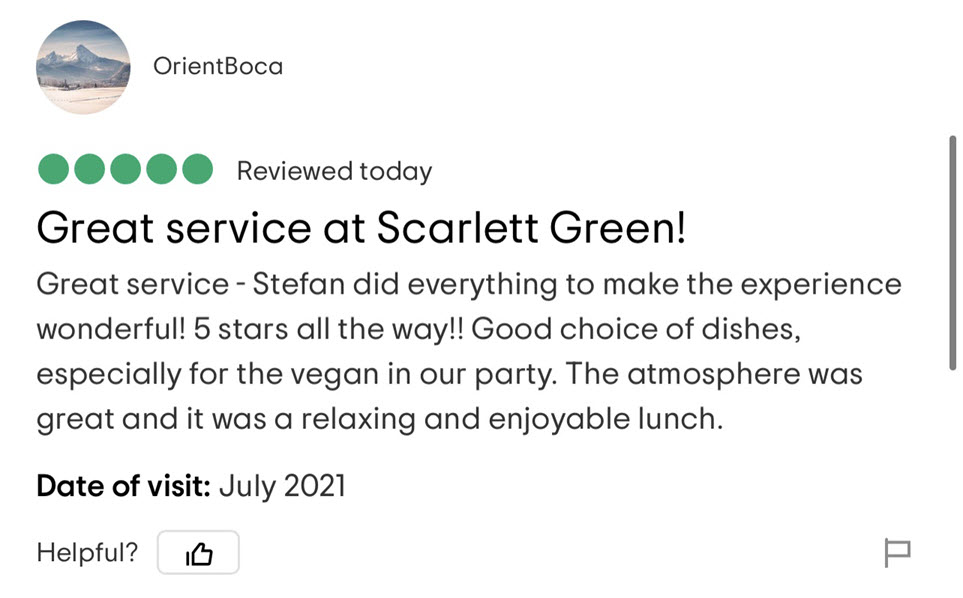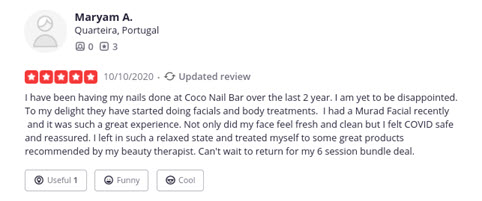2020 was a rough year, to say the least.
People have been through a lot this past year and have become less trusting and warier about brands they buy from. Throughout the pandemic, we’ve seen significant shifts in how consumers evaluate and interact with brands from different industries.
Some consumers find convenient new ways to buy essential products and services. At the same time, many are more hesitant to make non-essential purchases because of financial issues or other lasting impacts of the pandemic.
1. The shift to online
Stay-at-home orders and lockdowns have forced consumers to turn to online shopping for many products and services they used to buy in person. In fact, 49% of consumers shop online more now than before the pandemic, and 36% of consumers now shop online weekly.
It’s much harder to choose a brand through the veil of a screen and difficult when we can’t just pop into our local shop to try out a product or ask a few questions. As online shopping becomes more popular, customers can no longer rely on the same factors to evaluate brands.
2. Customer expectations have changed
After facing much uncertainty this past year, consumers are now looking to buy from brands they trust and share the same values. In fact, trust is now one of the most important factors when purchasing a product or service.
Reviews are a great way to establish trust with your customers. According to research, 84% of people trust online reviews as much as recommendations from friends. Reviews also give you the chance to see customer feedback and identify any areas for improvement. This can help you identify the changing needs of consumers and determine where expectations might have altered slightly.
New Line Construction shares positive reviews and ratings on its homepage to show new customers that it’s a company people can trust.

3. Seeking out that community feel
The shift to online has made a lot of businesses seem “anonymous.” Without in-person interactions, brands have less control of essential elements of the customer experience. Words on a screen aren’t the same as touching and feeling products in person or speaking to a real-life representative about a service, and this has made a lot of consumers wary of investing in brands they don’t know or haven’t used before.
Reviews provide a human touch and a community feels to a brand, especially since 93% of people trust online reviews just as much as they trust a recommendation from a friend or family member. Sure, reviews don’t replicate an in-person experience, but they’re the next best thing!
For example, this review of Scarlett Green Cafe on TripAdvisor personalizes the customer experience by highlighting excellent service and even gives a specific server a shoutout. This lets new customers know what to expect and may even provide details that aren’t available on the brand’s website.

4. Provide reassurance
Consumers have safety at the top of mind and want to know that you do too. Many people are unsure about how brands are responding to the pandemic, which can make them feel wary about investing in your products or services.
Don’t leave your customers wondering. Transparency around your covid response procedures can impact future sales - in fact, 39% of consumers plan to purchase more from brands that have responded well to the crisis.
Reviews can reassure anxious consumers who want to know about the processes and hygiene regulations that companies are using to stay safe. They let potential customers know about past customer experiences and how businesses handled hygiene standards from a first-person perspective.
The review below from Coco Nail Bar details the positive experience this customer had and highlights feelings of cleanliness, safety, and reassurance for potential new customers.

5. Stand out from the competition
Everyone is competing for a slice of the online action now. The pandemic forced many brands to step up their digital marketing efforts or even create an online presence for the first time.
You’re no longer just competing with a few other brands. Customers now have access to thousands of products and services with the click of a button.
Reviews help you stand out from the crowd online and provide buyer confidence that your competitors may not be doing.
Kaffeine, a popular cafe in London, attempts to stand out with a bold website homepage that includes a slideshow of its best reviews. This exposes new customers to multiple positive reviews at once, making them feel like they’ve been missing out on all the fun.

6. Customer experience has never been more important
Covid-19 changed the customer experience, and brands had to find new ways to adapt. Many of the changes we’ve seen are likely here to stay, and it’s more important than ever for brands to create a seamless customer experience both off and online.
Reviews streamline the entire experience from start to finish. Here are a few places where you can add reviews to enhance your efforts:
- Share reviews on marketing channels, especially social media, to act as word-of-mouth recommendations to new customers.
- Add reviews to the product or booking pages on your website to help drive conversions.
- Include reviews at various touchpoints throughout the sales cycle, such as email and ad campaigns, to improve engagement.
As you can see below, Braant Accounting includes reviews on its various services pages to encourage customers to purchase and show off success stories from past projects.

Your business may have had to adjust to many changes this year, but so have your customers. Remember to use reviews to help set expectations, provide reassurance, and stand out from the countless businesses your customers encounter online each day.
Display Google reviews on your website
Now that you understand the importance of customer reviews for your business, why not embed your top Google reviews on your website?
It's easy to do with our Google reviews widget.


